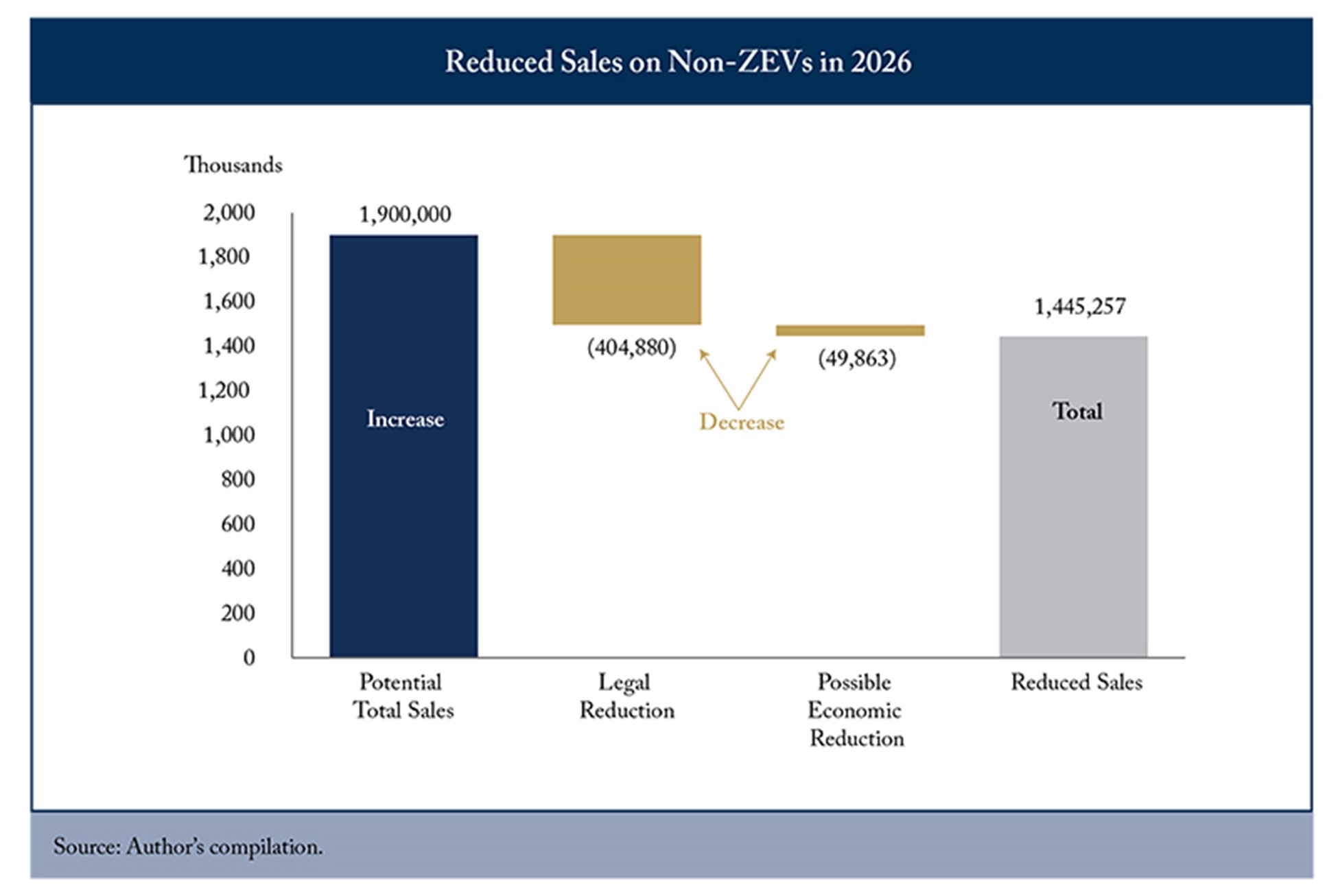Home / Publications / Intelligence Memos / Ottawa’s Blind EV optimism
- Media Releases
- Intelligence Memos
- |
Ottawa’s Blind EV optimism
Summary:
| Citation | Brian Livingston. 2025. "Ottawa’s Blind EV optimism." Intelligence Memos. Toronto: C.D. Howe Institute. |
| Page Title: | Ottawa’s Blind EV optimism – C.D. Howe Institute |
| Article Title: | Ottawa’s Blind EV optimism |
| URL: | https://cdhowe.org/publication/ottawas-blind-ev-optimism/ |
| Published Date: | November 27, 2025 |
| Accessed Date: | November 27, 2025 |
Outline
Outline
Authors
Related Topics
Files
For all media inquiries, including requests for reports or interviews:
From: Brian Livingston
To: EV observers
Date: November 27, 2025
Re: Ottawa’s Blind EV optimism
Prime Minister Mark Carney’s 60-day review of the federal zero-emission vehicle mandate, and the waiver of its 20-percent sales requirement for next year, has sparked plenty of debate. But what does hitting the brakes really mean for Canadians? It’s a chance to reflect and to ask whether the mandate, as designed, is realistic.
Sixty-one percent of Canadians recently surveyed view the zero-emission vehicle (ZEV) mandate targets as unreasonable or somewhat unreasonable. They may be right. My C.D. Howe Institute forecast projects that in 2026, ZEV sales will reach only 14.2 percent of new vehicle sales – far short of the 20-percent government target. Without the waiver, as many as 450,000 Canadians would have been prevented from buying a gasoline vehicle they needed to live their lives. Unlike abstract fiscal or monetary policy, this mandate directly affects households.
The ZEV mandate, in effect since December 2023, is one of Ottawa’s most ambitious industrial and environmental policies in recent decades. It requires automakers to meet rising sales targets for ZEVs – beginning with 20 percent of new light-duty vehicle sales in 2026, rising to 60 percent in 2030, and reaching 100 percent by 2035. In practice, this caps the number of gasoline and diesel vehicles that can be sold in Canada, with compliance enforced through a combination of penalties and tradable credits.
But reality is already colliding with ambition. In 2024, ZEVs made up 14.5 percent of the 1.85 million light vehicles sold in Canada. After federal and provincial rebates expired, sales plunged to just 8 percent in the first eight months of 2025. Against this backdrop, reaching 20 percent in 2026 looks implausible. Projections show automakers selling 1.9 million vehicles that year, with only 270,000 of them ZEVs – well below the 380,000 required. Our forthcoming research also examines the distribution of compliance costs across companies, the incentives created by the credit-trading system, and the potential effects on consumers and manufacturers.
When companies miss their targets, the rules force them into costly workarounds. They can buy compliance credits from ZEV-heavy producers such as Tesla and Hyundai – a transfer that generates windfalls for those firms while raising costs for Canadian-based producers like GM and Toyota. Or they can fund ZEV charging infrastructure. Even after collectively spending more than $200 million on these measures in 2026, many companies still won’t meet their targets. The result: a shortfall of up to 450,000 vehicles available to Canadian buyers.

This shortfall cannot be ignored. It represents hundreds of thousands of families who could be locked out of purchasing the vehicles they want.
It also means higher prices, fewer choices, and mounting frustration for consumers as companies restrict sales of non-ZEVs. Together, the legal and economic constraints could reduce supply by as many as 450,000 vehicles.
Meanwhile, the mandate threatens to distort Canada’s auto industry. Firms with ZEV-heavy portfolios gain windfall revenues, while others absorb higher costs and reduced competitiveness. This uneven playing field could accelerate the hollowing out of Canada’s domestic auto sector. Add in a constitutional challenge already underway, plus mounting US trade tensions, and the risks only multiply.
What should Ottawa do? Waiving the 2026 target was the right move, but it’s only a start. Adjustments are needed for the years beyond – from modifying targets, to rethinking credit rules, to reconsidering how hybrids are treated. Right now, it would be a good idea to suspend the ZEV mandate indefinitely until light vehicle trade matters with the United States and China are resolved. Canadians deserve a mandate that reflects market realities and consumer needs, not one that risks leaving almost half a million drivers stranded.
Brian Livingston is a senior fellow with the C.D. Howe Institute.
To send a comment or leave feedback, email us at blog@cdhowe.org.
The views expressed here are those of the author. The C.D. Howe Institute does not take corporate positions on policy matters.
A version of this Memo first appeared in The Hill Times.
Want more insights like this? Subscribe to our newsletter for the latest research and expert commentary.
Related Publications
- Research

